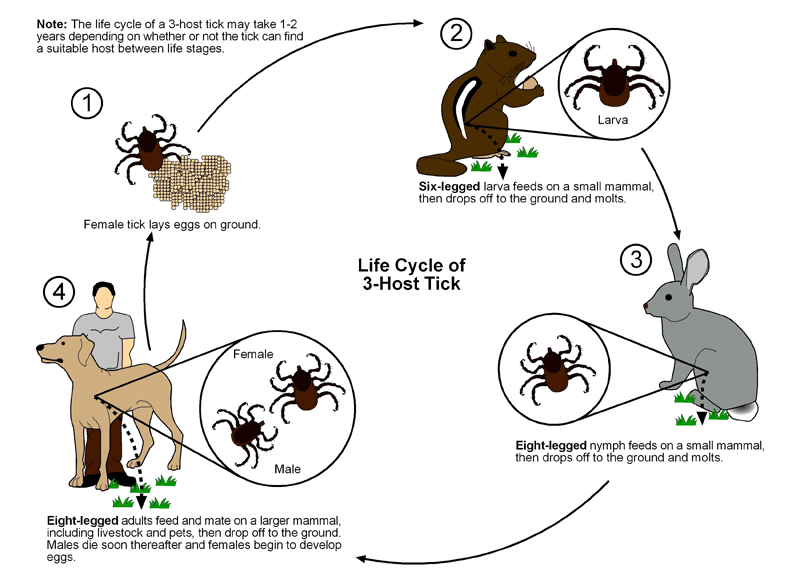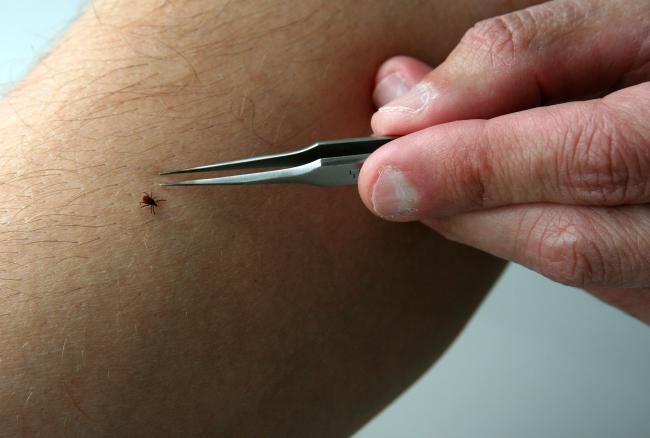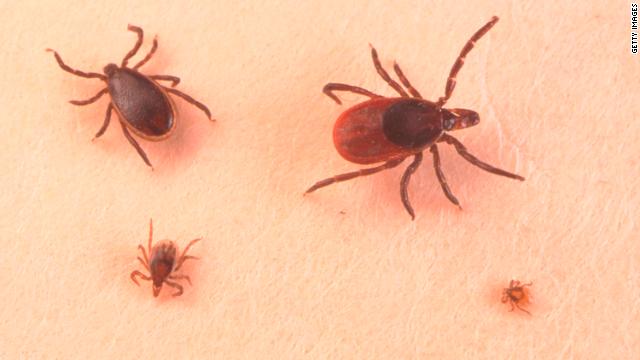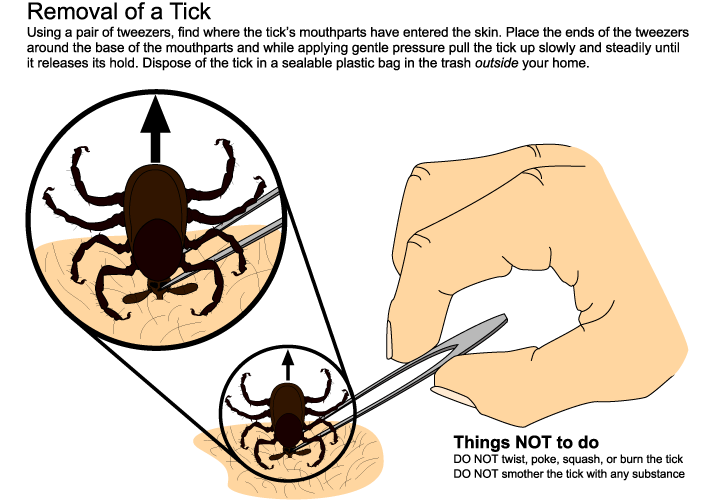Ticks
Our sources are the
preeminent authorities in the field of entomology who assure us that our
presentation materials are sound, realistic and based on fact. It's a
pleasure to deal with scientists from such locations as Harvard Medical School
of Tropical Diseases, Ohio State University Department of Entomology and
Oklahoma State Department of Entomology to name but a few.
To begin with,
ticks don't fly, jump or blow around with the wind; these suspects are not
ticks. Ticks are slow and lumbering, while spiders are quick and nimble.
They are small, very patient and amazing in their capacity to locate their
host/prey. Their purpose in life is only to propagate their species and
unknowingly pass diseases to those hosts they feed on. They don't feed
often, but when they do, they can acquire disease agents form one host and pass
it to another host at a later feeding. Their sensory organs are complex
and they can determine trace amounts of gases, such as carbon dioxide left by
warm-blooded animals and man. They can sense the potential host's
presence from long distances and even select their ambush site based upon their
ability to identify paths that are well traveled.
Understanding the
disease potential ticks threaten us with and having the capability to identify
the basic tick group will help you present your systems or potential disease
issues to your Doctor so that treatment can be initiated.
Although the number
of tick species is in the hundreds, there are relatively few ticks that
interact with mankind and domestic animals causing harm. While most ticks limit
their host selection, others are opportunistic feeders and will feed on almost
any accessible host. A tick, which feeds on a select host group, will move
infective agents within that group. However, when a tick is a nonselective
feeder, it can transmit disease agents from one host group to another. These
nonselective ticks pose the largest threat of infection in man.















No comments:
Post a Comment